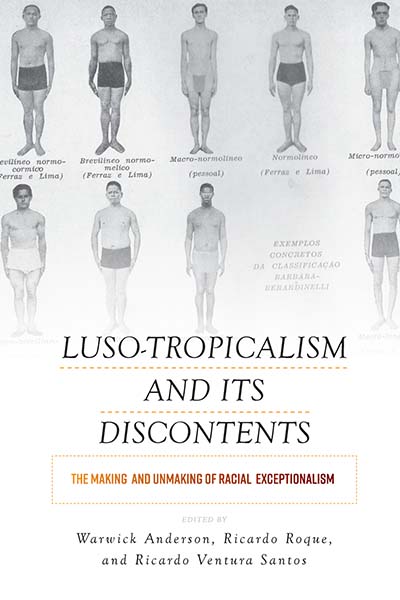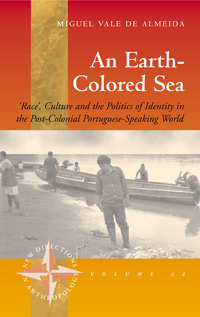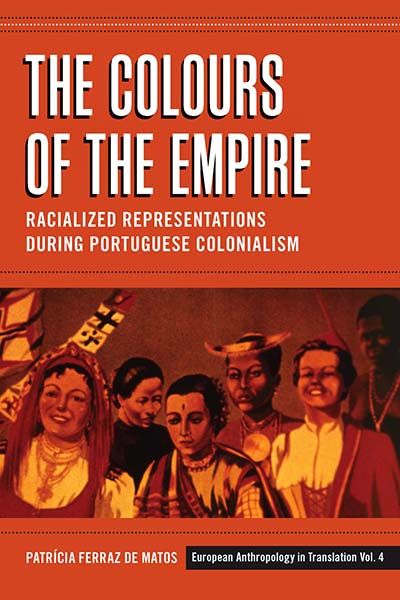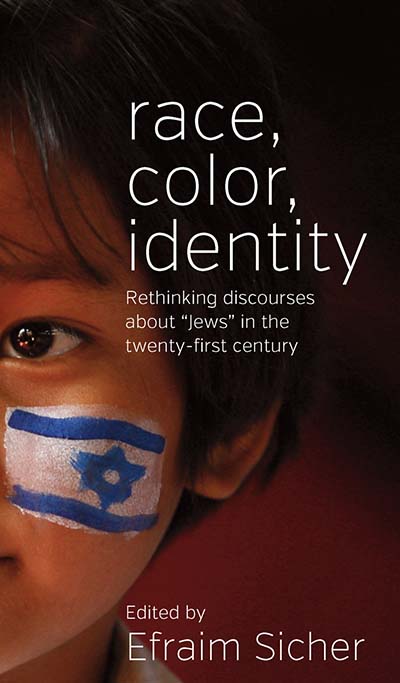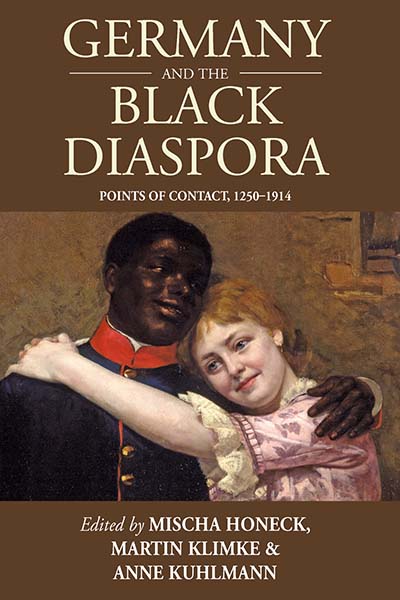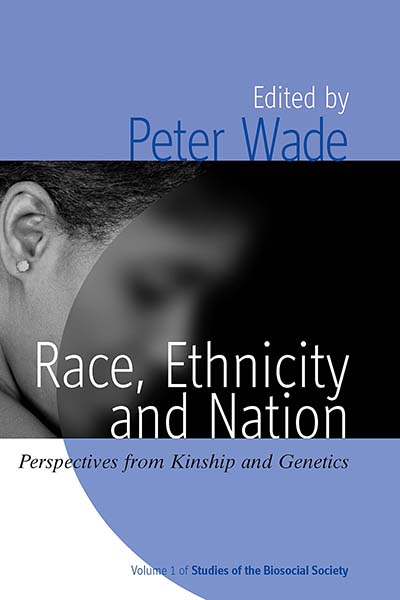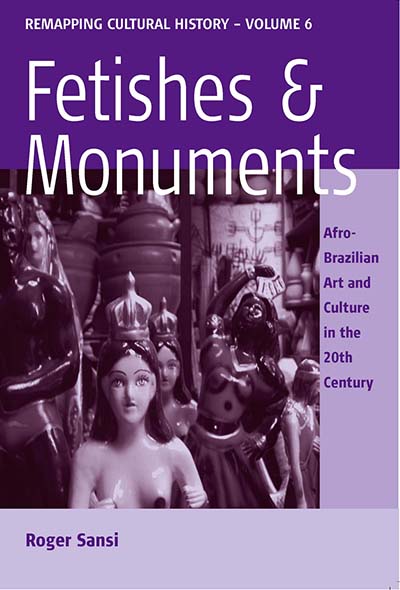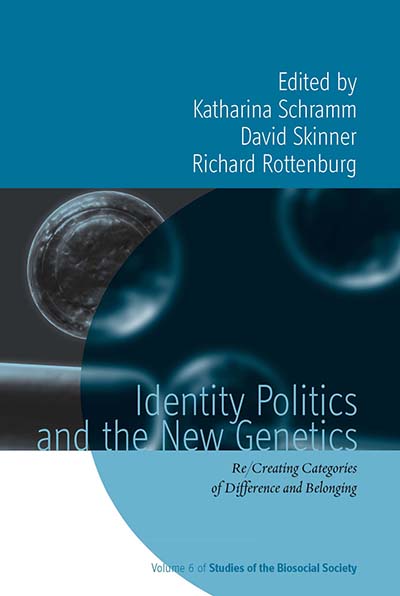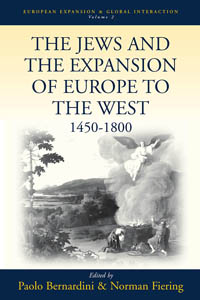Introduction
Salvador da Bahia, once the colonial capital of Brazil, is nowadays the capital of Afro-Brazilian culture. Some tourist brochures call it the ‘Black Rome’, ‘the biggest inheritor of African traditions out of Africa’, and ‘Cradle and home of African descendent traditions (including samba, capoeira and Candomblé)’. Candomblé in particular is often presented as the heart of this Afro-Brazilian culture.
The origin of the term ‘Candomblé is unknown, it seems to have appeared in Bahia in the first half of the nineteenth century in reference to parties of slaves and freed slaves (sometimes in the plural, Candomblés), and also in connection with the practice of sorcery (feitigaria). Some sources presumed that these activities had an African origin; the newspapers often complained about the noise of drums at Candomblé parties, and the charlatanism of the sorcerers; but from very early on, people of all social groups, origins and races came to the parties and made use of sorcery. For the editor of a newspaper in 1868, ‘these absurd Candomblés are so rooted, that I do no longer admire seeing Black people involved, when White people are the more passionate devotees of the cause’.
Of course, few among the white or almost white upper classes would publicly acknowledge their participation: to do so would be an embarrassment. Now and then the police disbanded the Candomblés and the sorcerers were put on trial, their instruments confiscated as ‘weapons of sorcery’. Nonetheless, it seems that Candomblé was never just an exclusive, secretive and resistant African affair: the sorcerers often had powerful patrons, people from across Bahian society took part in it. In fact, the sorcery of Candomblé was seen by many as the hidden force dominating the city, and writers like Marques or Joao do Rio affirm that ‘we are all ruled by the sorcerer’.
But when newspapers today talk about Candomblé, they do not denounce evil sorcery and outrageous parties. Instead, Candomblé is praised as African religion and cultural heritage. The objects of Candomblé are presented in museums as works of art. Participating in Candomblé is not an indignity, but something to be proud of. Intellectuals and politicians make their attendance at and even their participation in its rituals, both public and official. Gilberto Gil, musician and Minister of Culture, is also a ‘lord’ (ogan) in a Candomblé house.
How did Candomblé go from Sorcery to National Heritage? How did Candomblé become ‘Culture’? This question has not been properly addressed until now. Since its very origin, the literature on Candomblé has been obsessed with demonstrating the African origins and continuities of its rituals and myths. This tradition of studies, what I will call ‘Afro-Brazilianism’, has built an image of Candomblé as a ‘microcosmic Africa’ (Bastide 1978c), where the philosophical and artistic essences of the continent are preserved.
In recent decades Afro-Brazilianism has been severely criticised by social scientists interested in racial politics, who have argued that Afro-Brazilian culture is an ‘invented tradition’, and Afro-Brazilianist discourse a form of domination by the Brazilian elites over the black populations of Brazil. In transforming Candomblé into folklore, Afro-Brazilianism has imposed a ‘culturalism1 more concerned with the protection of an objectified cultural heritage than with racial politics. In Hanchard’s terms Afro-Brazilian culture has been ‘reified’: ‘culture becomes a thing, not a deeply political process.’
This book starts trom a different point: the question is not if this culture is ‘authentic’ or a ‘fiction’, but how Candomblé has become Afro-Brazilian culture. Encompassing these two discourses, we will see how Afro-Brazilian culture is neither a repressed essence nor an invention, but the outcome of a dialectical process of exchange between the leaders of Candomblé and a cultural elite of writers, artists and anthropologists in Bahia. In this dialectical process the cultural and artistic values of national and international anthropologists, intellectuals and artists have been synthesised with the religious values of Candomblé, generating an unprecedented objectification: ‘Afro-Brazilian culture’. At the same time, the leaders of Candomblé have recognised their own practice as ‘Culture’, and have become the subjects of their own objectification.
The impasse between affirmative and critical views on Afro-Brazilian culture is a result of their rigid and incompatible notions of ‘culture’. For the Afro-Brazilianist tradition, African culture is an original, unchanging ‘system of representations’ that has resisted slavery, and which is ritually re-enacted in Candomblé. For its critics, this notion of ‘culture’ is a fixed image, a false projection of imperialist reason: Afro-Brazilian culture is just a masquerade that hides the racial inequalities of Brazil.
But a culture is neither a fixed ‘system of representations’ nor a rigid ideological projection. Cultures are always in construction: they are not immanent and self-contained, but transient and relative historical formations. And yet, this does not mean that they are just artificial and false constructions. After all, what is the problem with ‘culture becoming a thing’? Cultures are indeed the result of histories of objectification—processes of recognition of identity and alterity. But processes of objectification cannot be reduced to reification. Objectification does not preclude politics, but in many ways it is the precondition of any meaningful social action: it is precisely because culture is objectified that it can be discussed, used and appropriated by social actors.
This book will describe this process neither as resistance nor masquerade, but as a historical transformation of practices, values and discourses: a cultural history. On the one hand, it is unquestionable that many African traditions are present in Candomblé; nevertheless it is also true that its ritual practices have incorporated the history of Brazil in what has been called ‘syncretism’. On the other hand, intellectuals have objectified Candomblé as Afro-Brazilian culture. But this objectification is not just an ideological fixed image, a reification: it has been actively appropriated by the people of Candomblé, who have assumed the discourses and practices of Afro-Brazilian culture as their own. This process of appropriation can be understood in very similar terms to religious syncretism; in a way it has been a ‘syncretism of Culture’.
Before going any further, I will explain in more detail what I mean by ‘Culture’ and ‘objectification’, and how the Afro-Brazilian case can offer a particular perspective on a more universal cultural process of our time: the appropriation of ‘Culture’…
…The solution to the ‘Negro problem’ for this elite was the ‘whitening’ of Brazil (Skidmore 1995). Deploying in a very particular way the eugenic theories of their time, they thought that by increasing European immigration Brazil would progressively eliminate its majority of Black people (Moritz-Schwartz 1993). Blacks and mulattos, as degenerate races, would inevitably die out, unless they improved their ‘weak’ blood with the powerful new ‘stocks’ of Europeans that were arriving en masse in Brazil. But in Bahia there was no significant influx of European immigrants. There was no work for them: nourishing agriculture, and later industry, were concentrated in the south, around Sao Paulo. Bahia remained poor and Black, lost in its past, with a dormant economy, a provincial life and a small population until the 1940s. This is the period that Gil and Riserio (1988) have called a ‘hundred years of solitude’, beginning with the end of the slave trade. In this ‘decadent’ context, after three brilliant centuries of international exchange of people and things, Bahians were left to themselves: there was no substantial immigration or change in Bahia’s population, and a very specific local culture progressively took hold. Bahian society was extremely traditional, and marked by the cultural history of its overwhelming majority of African descendants…
